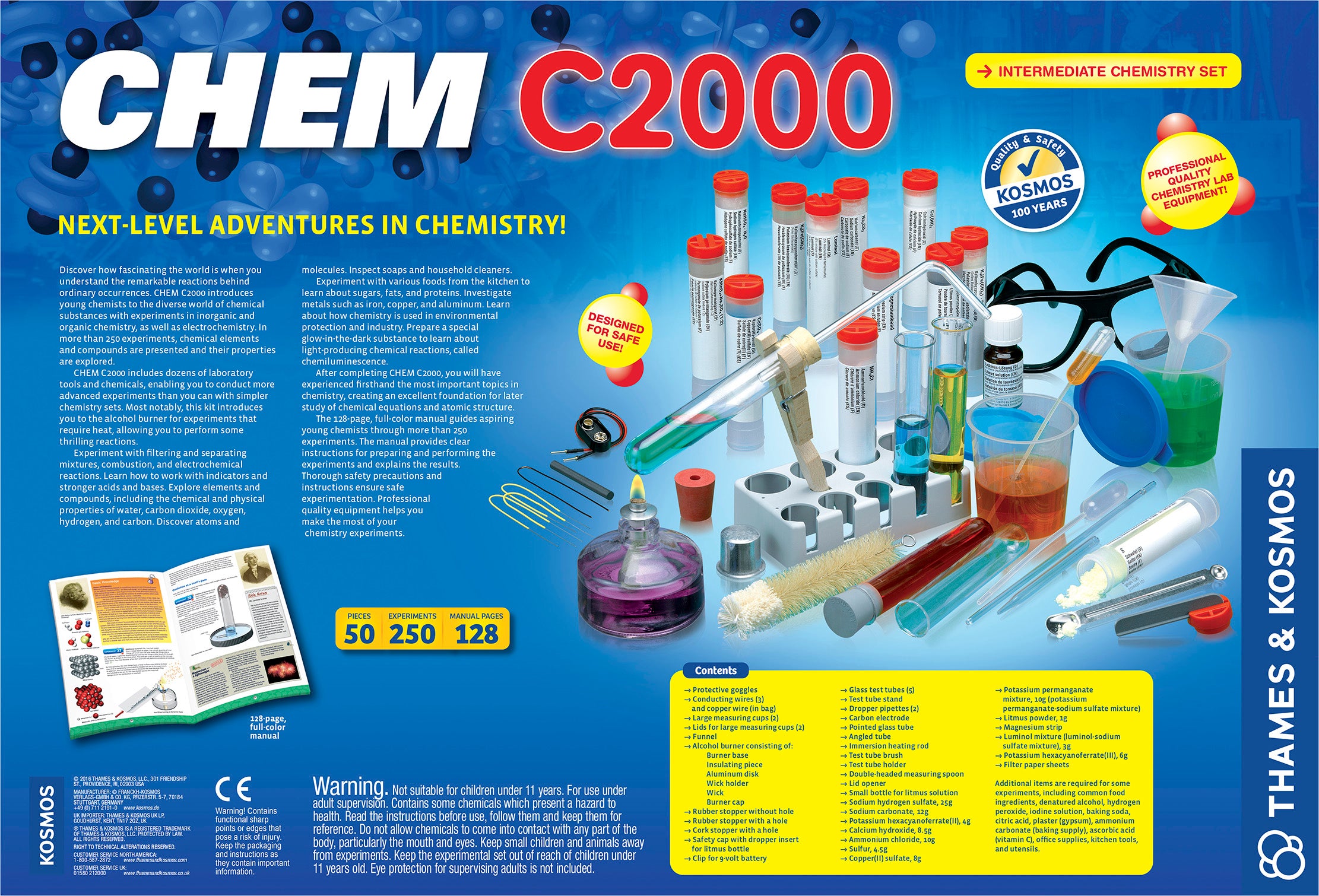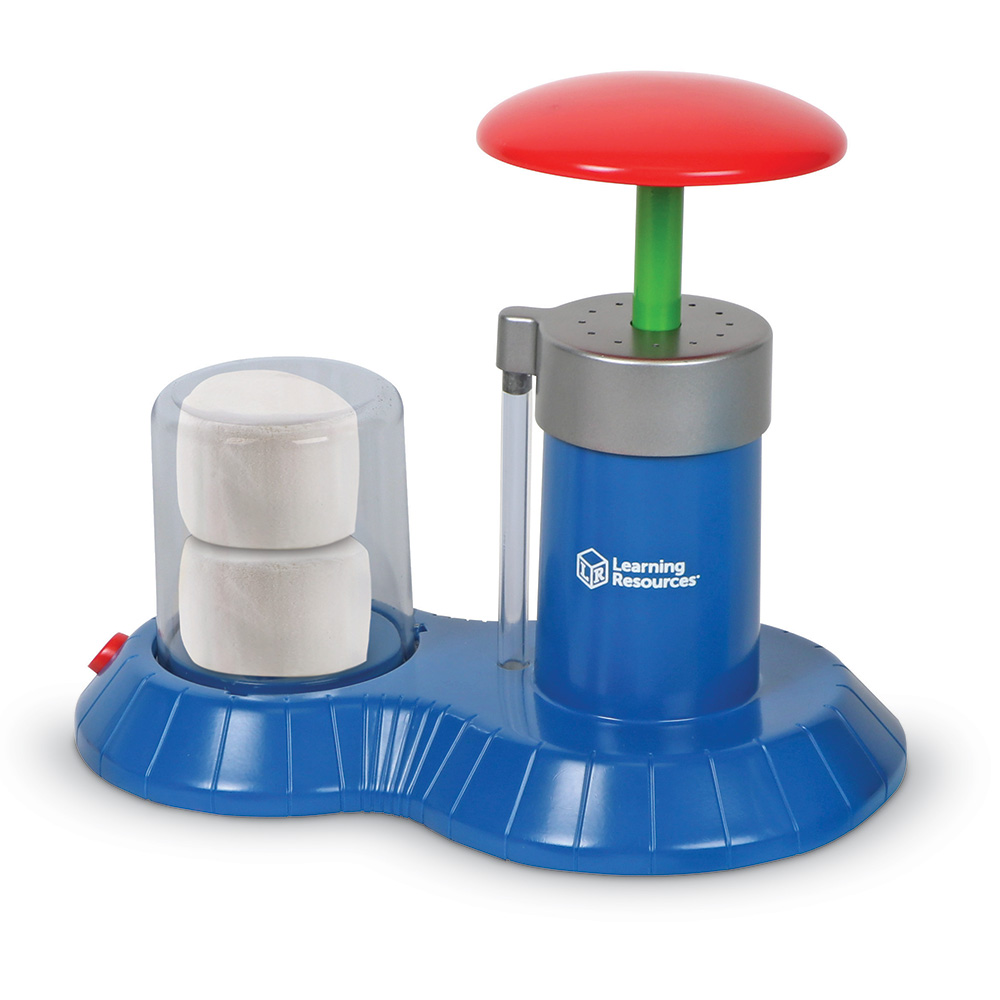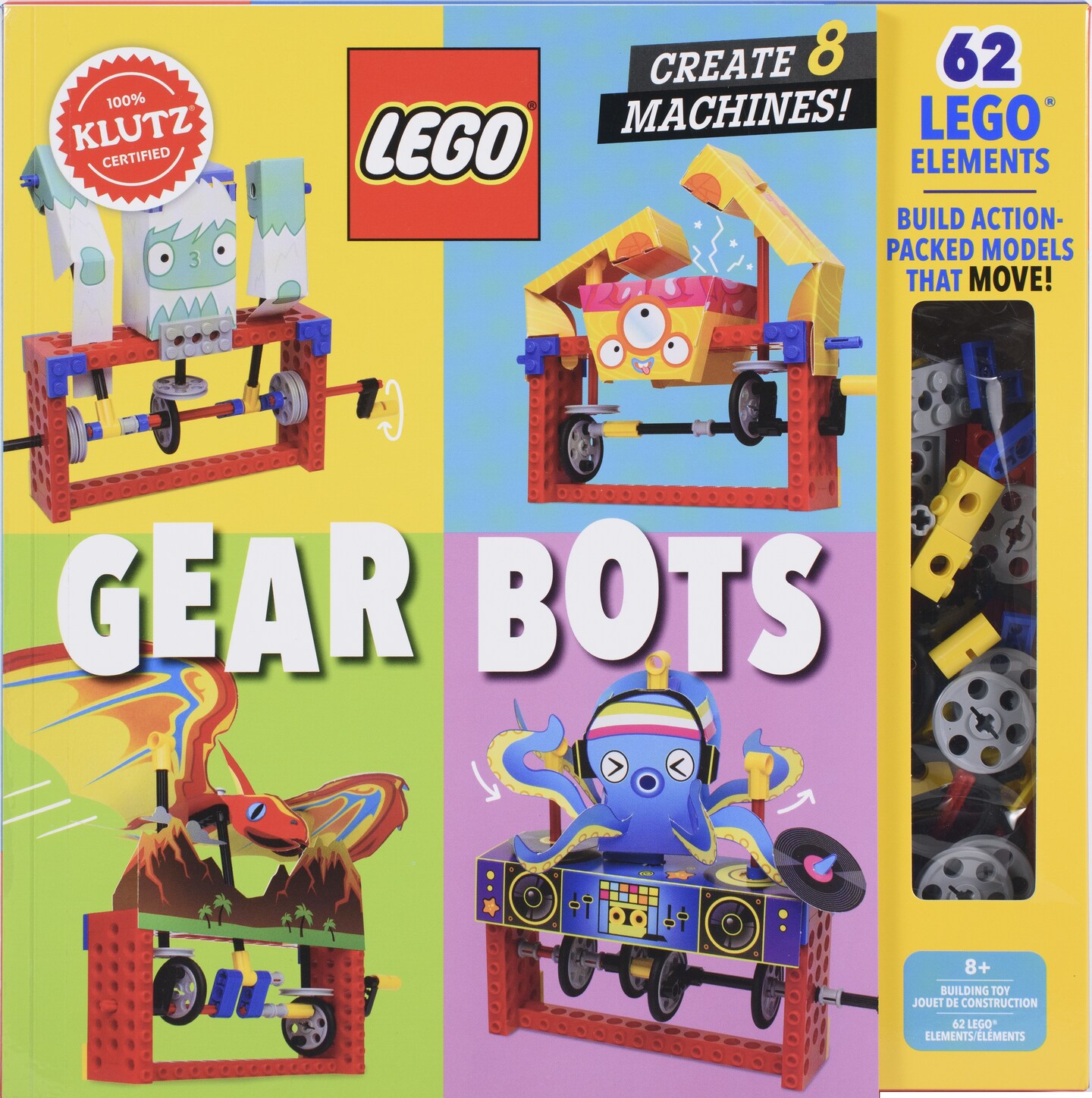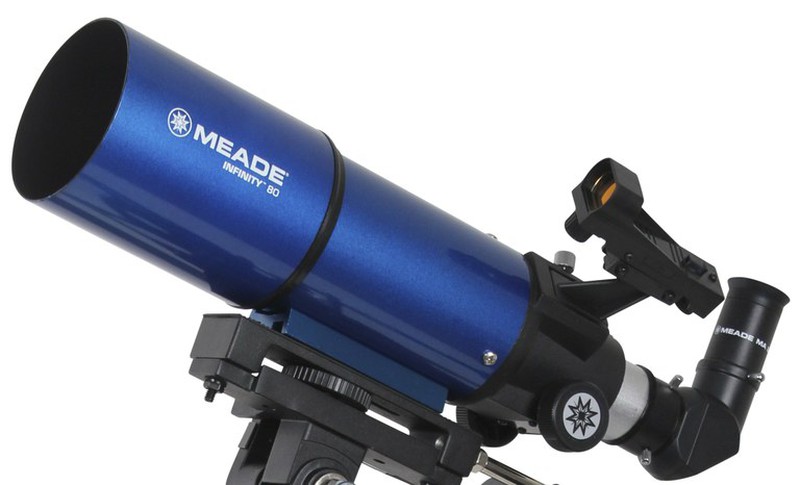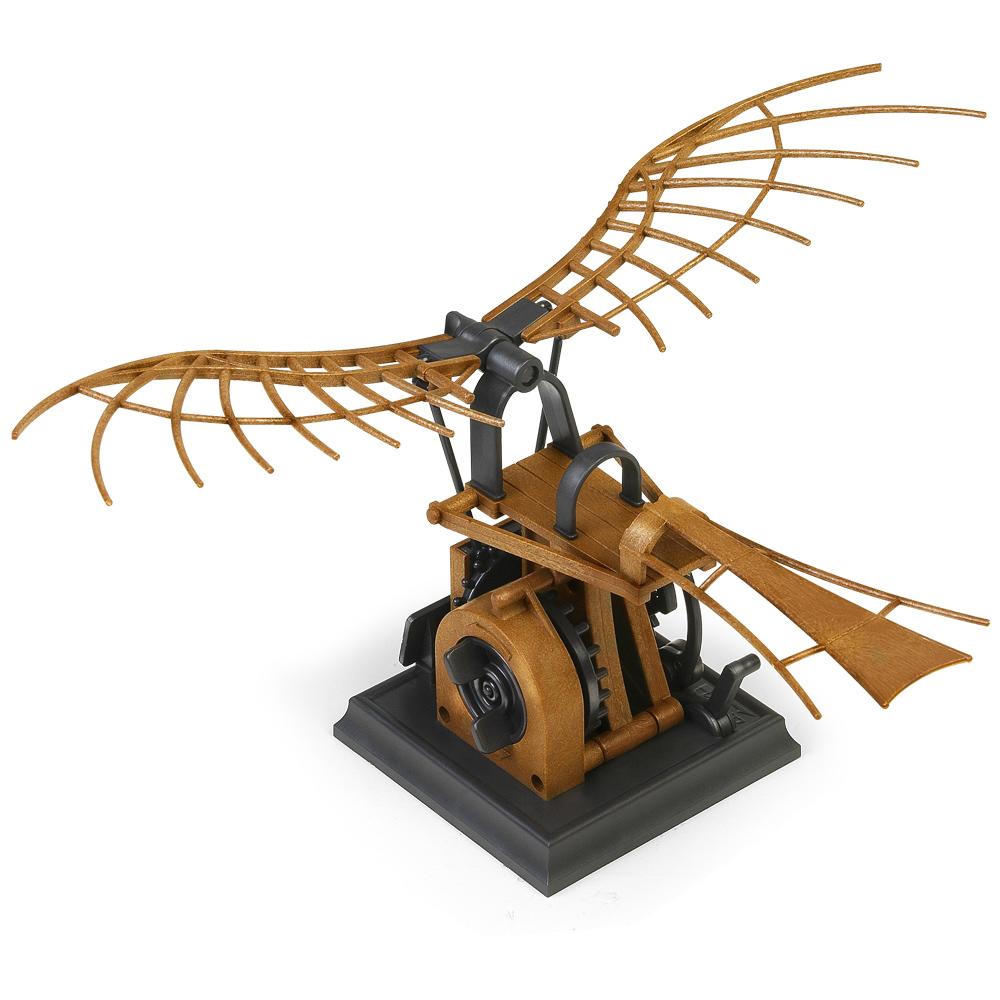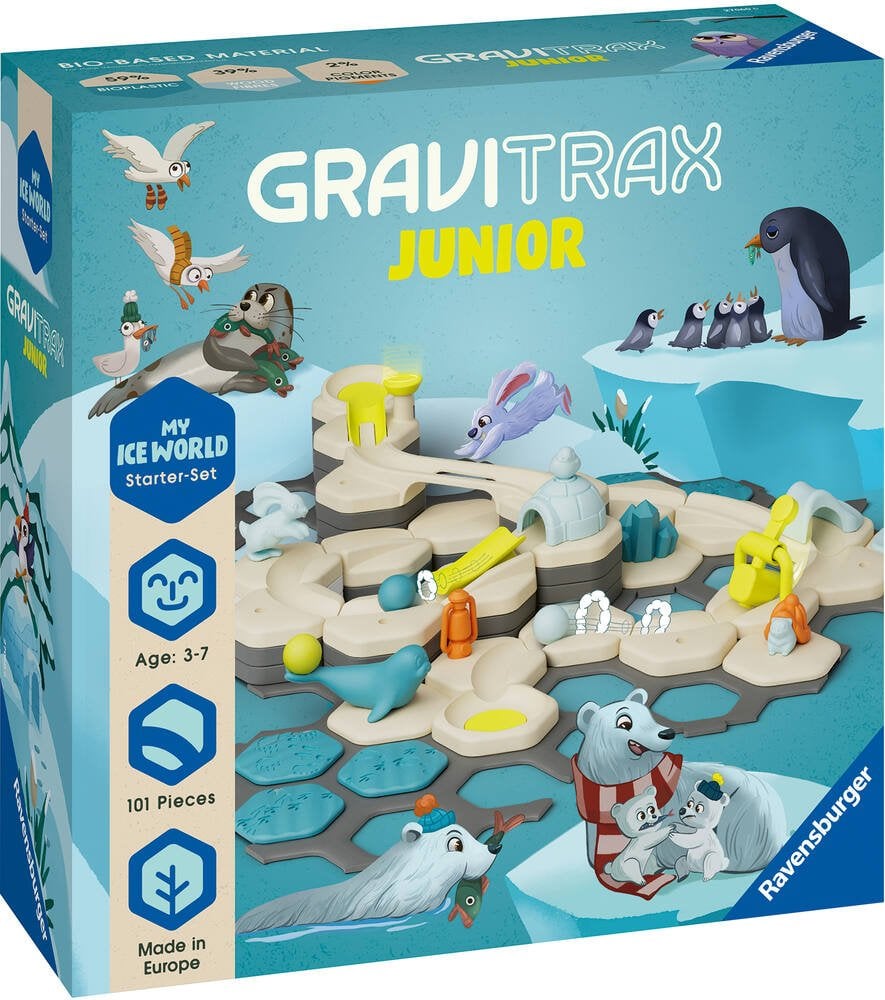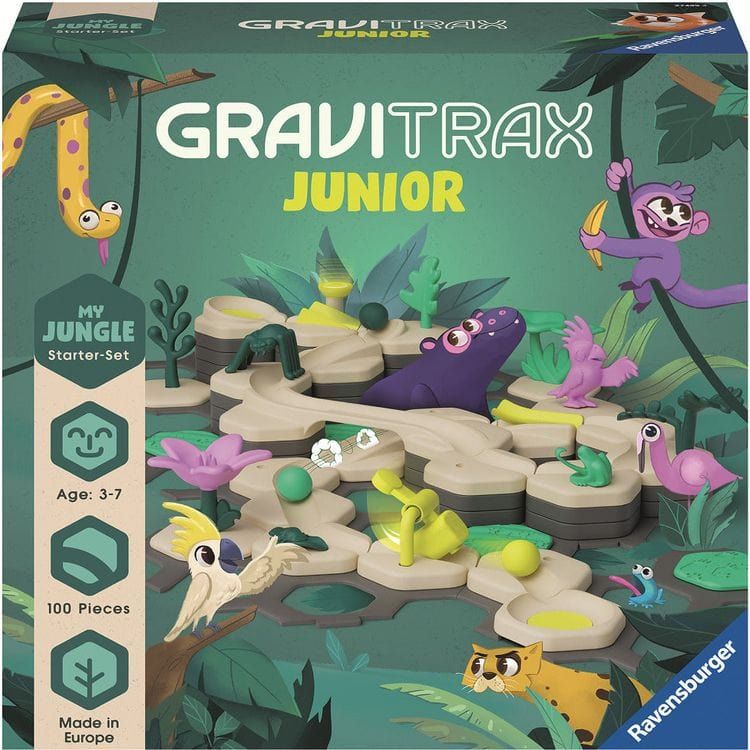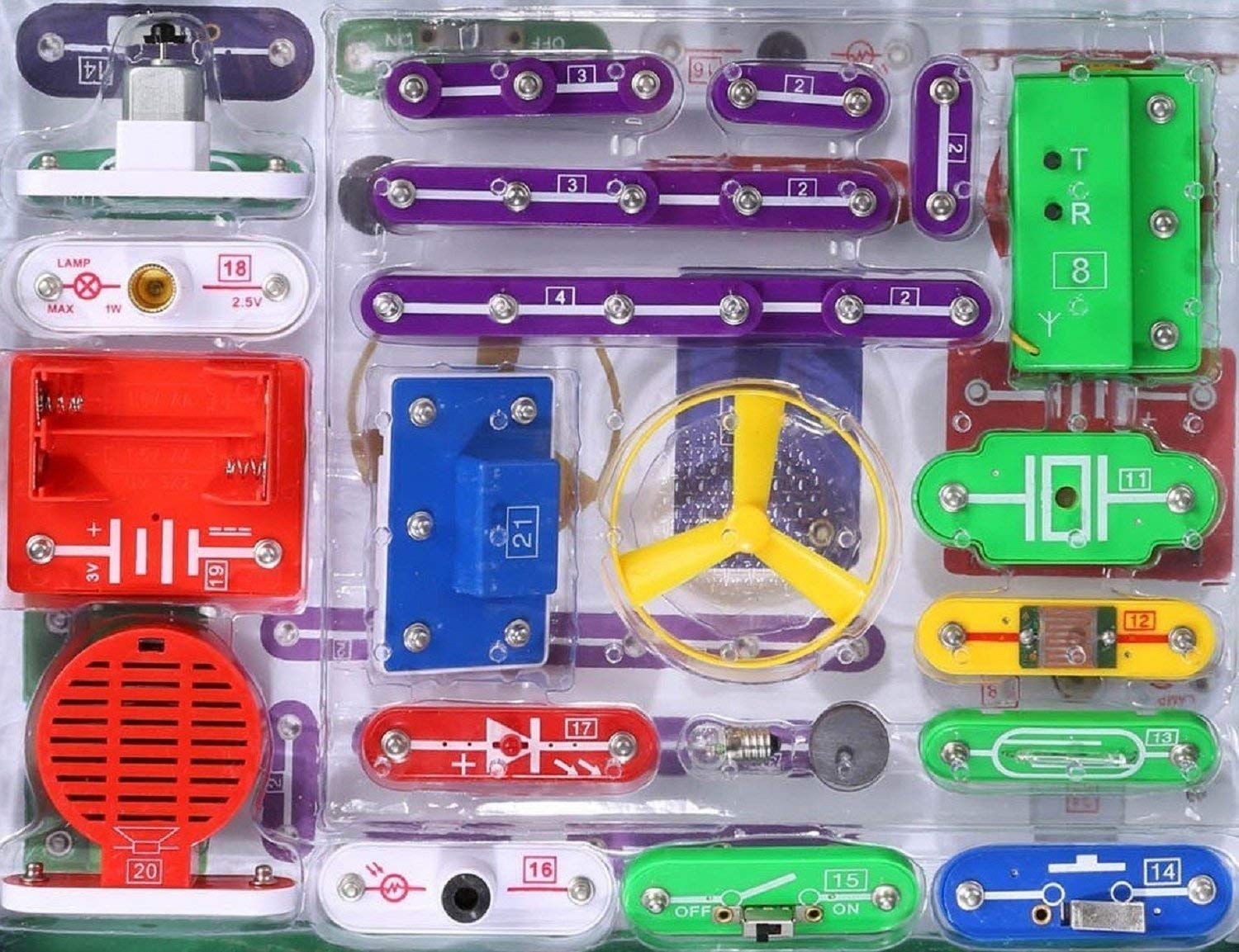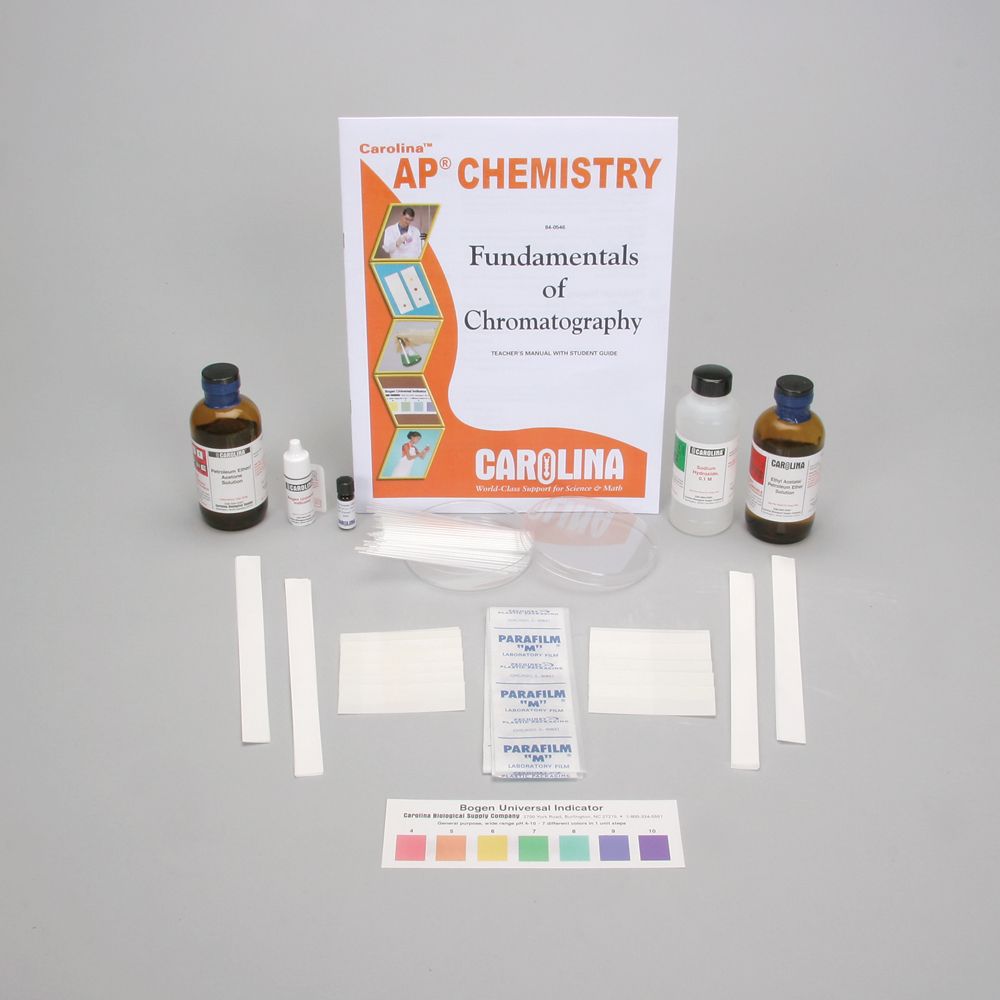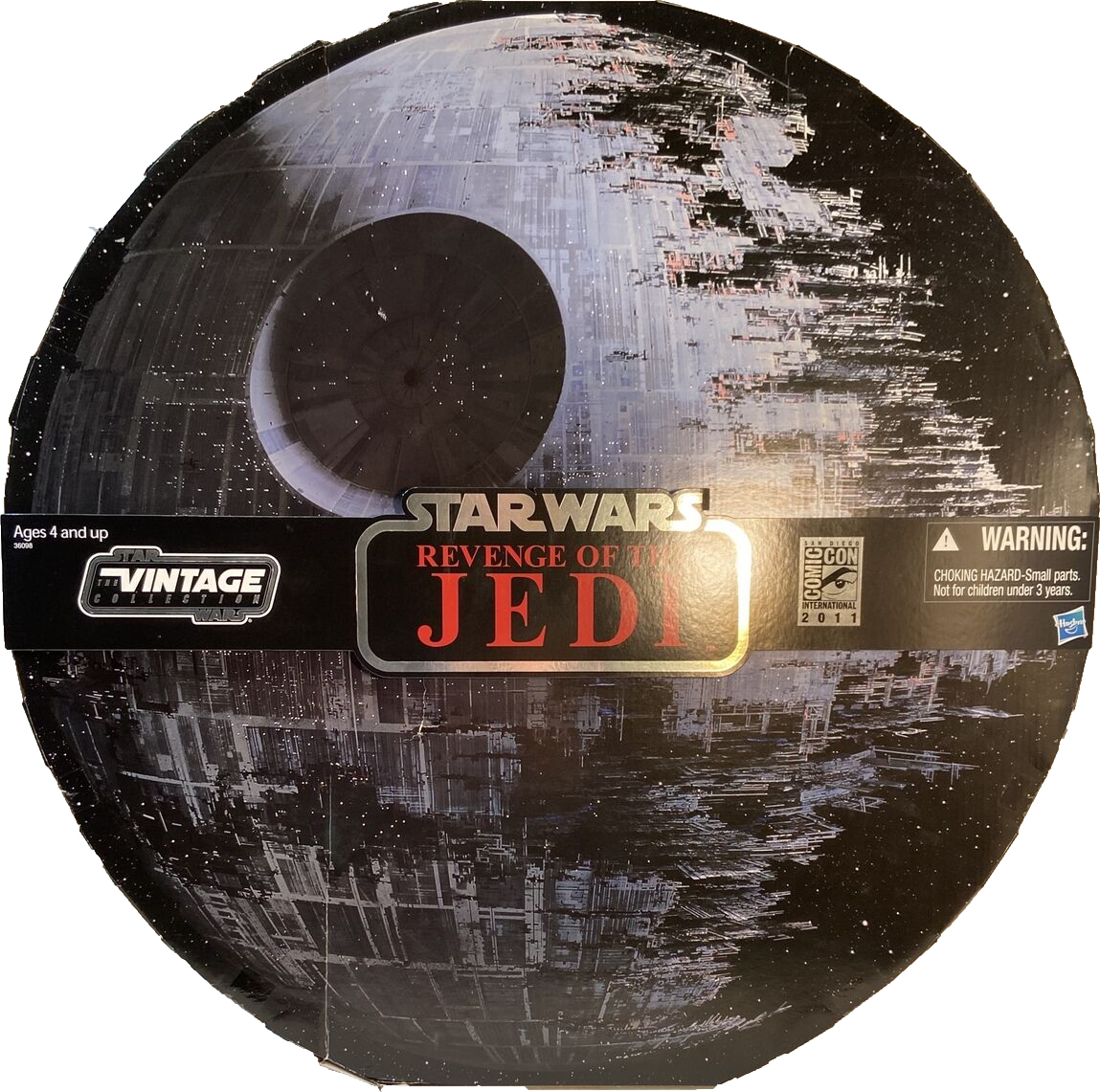Discover Pandipedia
Pandipedia is the world's first encyclopaedia of machine generated content approved by humans. You can contribute by simply searching and clicking/tapping on "Add To Pandipedia" in the answer you like. Learn More
Expand the world's knowledge as you search and help others. Go you!

Innovation stands as a pivotal strategy for businesses aiming to achieve growth and adaptability in a rapidly changing marketplace. Its significance is particularly highlighted in light of recent disruptions, such as those brought by the COVID-19 pandemic. Organizations that embrace innovation effectively can not only enhance their product offerings but also fundamentally reshape their operations to meet evolving consumer demands.
Understanding Innovation
At its core, innovation encompasses the implementation of new ideas, products, services, or processes that yield significant improvements in performance, utility, or customer satisfaction. This concept is divided into two categories: sustaining innovation, which enhances existing products for current customers, and disruptive innovation, which creates new markets or significantly alters existing ones[2]. Both types of innovation play critical roles in a company's growth strategy.
Business Growth Through Innovations
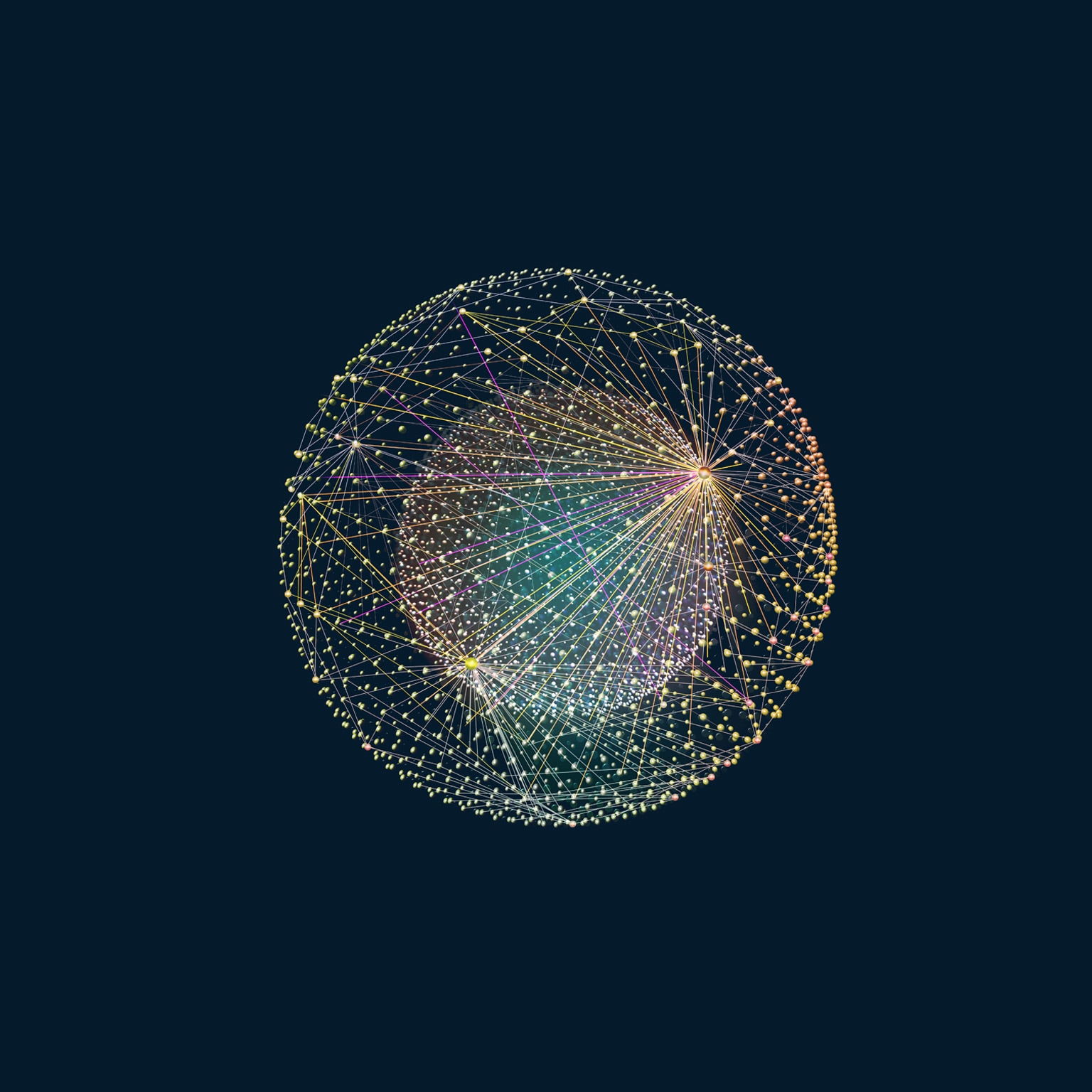
According to McKinsey, leading organizations that prioritize innovation tend to report substantial benefits. Their latest studies indicate that companies with strong innovation cultures are more successful at scaling their digital transformation efforts than those with weaker cultures. In essence, organizations that embrace innovation are more likely to invest in research and development (R&D), which, in turn, leads to the creation of new products and services that can attract new customers and retain existing ones[1][3].
Cultivating an Innovative Culture

Key to leveraging innovation for growth is fostering a culture that encourages creativity and experimentation. A McKinsey report emphasized that companies need to create an environment where failure is seen as a learning opportunity, rather than a setback. This means providing psychological safety for employees to experiment without fear of repercussions. Companies that successfully implement this culture see higher rates of innovation and advantageous business outcomes. For example, organizations fostering an innovation culture reported being ten times faster at developing new products compared to their less innovative counterparts[1][8].
Moreover, Korn Ferry highlighted that organizations that invest in R&D are better positioned to continue evolving their offerings, facilitating deeper connections with consumers and thus driving growth[11]. An organization’s commitment to innovative practices not only enhances its market position but also cultivates a resilient workforce ready to tackle unforeseen challenges through innovative solutions.
Technology as a Catalyst for Innovation
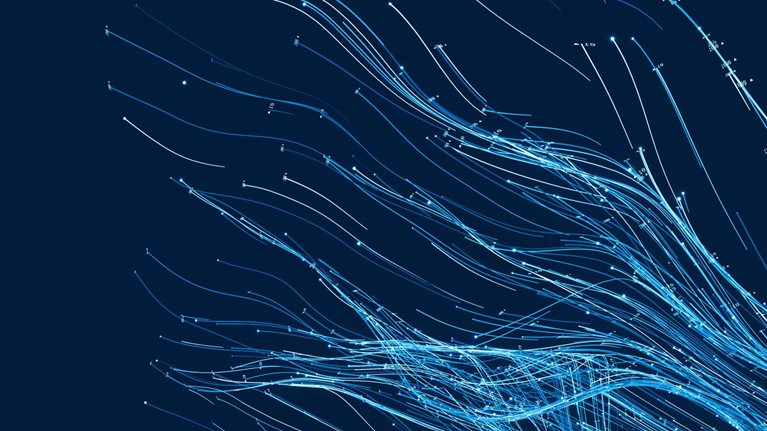
In the current digital age, technology serves as a critical enabler of innovation. McKinsey noted significant advancements with generative AI and other cutting-edge technologies being adopted across sectors. Such tools allow companies to capture data and respond to market changes swiftly, strengthening their competitive edge[1].
Companies that lead in innovation usage are not just adopting technology; they are integrating it into the very fabric of their operations. This integration supports data-driven decision-making, enhancing the overall strategic and operational effectiveness of the organization. Top innovators tend to focus their technology investments on areas that result in the highest business impact, such as enhancing competitive differentiation and operational sustainability[8].
Strategies for Embedding Innovation into Business Models
To harness the full potential of innovation, companies must align their strategies closely with their innovation goals. One emerging finding from successful firms is that setting clear, measurable innovation objectives tied directly to business growth can be a game changer. This ensures that all teams understand their roles in the innovation process and see its direct correlation to their performance[10].
Five actionable steps have been identified to integrate strategy into the innovation process:
Set high but achievable aspirations that are aligned with business goals.
Translate these aspirations into actionable steps and clarifications throughout the organization.
Foster an inclusive culture that encourages input at all levels, including frontline employees who understand customer needs best.
Measure and recognize innovation efforts across the organization to ensure continuous improvement and motivation.
Embrace failure as a learning tool, refining processes and timelines to enhance future innovation initiatives[4][10].
The Impact of External Support on Innovation

Research indicates that external support—such as government programs, financial assistance, and educational resources—greatly benefits small and medium enterprises (SMEs) during times of crisis. For instance, a study found that SMEs leveraging external support were better positioned to innovate and, thus, improve their performance and survival rates[9]. This external assistance translates into enhanced capabilities for firms, allowing them to explore new markets and innovate more effectively in response to challenges.
Conclusion
The relationship between innovation and business growth is undeniable. Organizations that prioritize creating an innovative culture, effectively leverage technology, and align their strategies with clear innovation goals are more likely to thrive and adapt to changing market conditions. As demonstrated through various case studies and research findings, these practices not only foster growth but also help organizations navigate uncertainties in today's dynamic environment. By embedding innovation deeply into their operational frameworks, companies can continue to leverage new ideas and technologies to fuel sustainable growth.
Let's look at alternatives:
- Modify the query.
- Start a new thread.
- Remove sources (if manually added).
- Request a manual search from our human research team.

Upcycling is popular for several reasons, primarily its ability to reduce waste and add value to unwanted items. It allows people to creatively transform materials into new products without breaking them down, thus preventing waste from ending up in landfills and minimizing pollution. Upcycling fosters a circular economy and reduces the need for new raw materials, which lessens environmental impact[2][3].
Additionally, upcycling is accessible and cost-effective, requiring little to no startup costs. It can become a profitable hobby and offers individuals the opportunity to develop skills while being environmentally friendly[1][2]. This combination of creativity, economic benefits, and environmental responsibility makes upcycling an appealing choice for many.
Let's look at alternatives:
- Modify the query.
- Start a new thread.
- Remove sources (if manually added).
- Request a manual search from our human research team.
Get more accurate answers with Super Search, upload files, personalised discovery feed, save searches and contribute to the PandiPedia.
FactCheck.org
A non-partisan website that fights misinformation and provides resources aimed at reducing deception in U.S. politics[3].
BBC Verify
A service offered by the BBC to analyze and debunk misleading stories and fact-check claims, particularly in the context of news reporting[5].
Media Bias Fact Check
A platform that reviews and publishes fact-checks from various credible fact-checking organizations, assessing their bias and accuracy[8].
The Conversation
An academic-focused platform that publishes fact-checks and analysis on various topics, including misinformation and media literacy[9][11].
AFP Fact Check
Part of the Agence France-Presse news service that offers global fact-checking services, focusing on debunking false information[6].
Reuters Fact Check
A dedicated service from Reuters that provides verification and fact-checking for claims circulating in media and politics[6].
PolitiFact
A project known for rating the truthfulness of statements made by politicians using a 'Truth-O-Meter' scale, part of the larger Tampa Bay Times organization[6].
Africa Check
The first independent fact-checking organization in Africa that verifies claims made by public figures and media[6].
FactCheckNI
An independent service focusing on fact-checking in Northern Ireland, checking claims and offering critical thinking resources[6].
Science Feedback
An organization that fact-checks claims made about science and health, debunking misinformation in those fields[6].
FactCheck Hub
A verification platform focused on combating misinformation and verifying claims across various topical issues in Nigeria[6].
Hoax Slayer
A site dedicated to debunking urban legends and hoaxes, particularly focusing on internet-based misinformation[6].
Ground News
A resource offering an overview of news coverage across multiple sources to highlight bias and examine how stories are framed[6].
Check Your Fact
A project of The Daily Caller that conducts fact-checks and is a signatory to the International Fact-Checking Network[6].
TruthOrFiction.com
A site devoted to verifying the truthfulness of stories circulating online, with a focus on urban legends and viral hoaxes[6].
Verificat.cat
The first fact-checking platform in Catalonia, focusing on verifying claims and misinformation relevant to the region[6].
FactCheck Ukraine
Operated by a team of reformers in Ukraine, focused on verifying claims made about the country and its governance[6].
Politico Fact Check
Part of Politico's journalism focusing on verifying political claims and statements in the political landscape of the U.S.[6].
FactCheck.afp.com
An AFP service that specializes in digital verification globally, ensuring the accuracy of information shared online[4].
Let's look at alternatives:
- Modify the query.
- Start a new thread.
- Remove sources (if manually added).
- Request a manual search from our human research team.

Smithsonian Mega Science Lab Kit
This kit allows children to explore various science fields through six activities, including building volcanoes and crystal gardens, using tools like a thermometer and a bug collecting tool[4].

National Geographic Mega Gemstone & Fossil Dig Kit
Kids can excavate genuine gems and fossils from a dig brick and learn about them using an included guide, promoting hands-on exploration[4].
MEL Chemistry Kit
A subscription-based chemistry kit designed for adults that includes varied and advanced experiments with excellent explanations, making it suitable for genuine scientific exploration[6].
Thames & Kosmos Chem C2000 Chemistry Set
Offers equipment for conducting 250 different experiments, along with a detailed manual, ideal for older children and adults seeking a deeper understanding of chemistry[6].
Learning Resources STEM Explorers Superhero Science Kit
A superhero-themed science set for ages 6 and up, featuring 22 pieces that explore core scientific concepts like magnetism and color mixing[5].
Klutz LEGO Gear Bot Kit
This kit allows kids to build physics-driven kinetic creatures using LEGO bricks and papercraft, promoting a hands-on learning experience in mechanical engineering[4].
Einstein Box Chemistry Set
Designed for young chemists, this kit includes colorful experiments like fizzing potions and self-grown crystals, with easy-to-follow instructions for independent exploration[4].

Acurite Galileo Thermometer with Barometer
A functional gift that teaches about temperature and atmospheric pressure through a beautiful glass globe design[2].
What If?: Serious Scientific Answers to Absurd Hypothetical Questions
A book by Randall Munroe that provides entertaining yet scientifically rigorous answers to odd questions, suitable for science enthusiasts[2].
3 Doodler Start+ Maker Bundle
A 3D pen kit designed for kids aged 6 to 13, allowing them to create 3D doodles with color strands and templates, fostering creativity and motor skills[5].
Meade Instruments Infinity 80mm AZ Telescope
An introductory telescope for beginners that’s easy to set up, perfect for stargazing and learning about celestial bodies[2].

Vector Robot by Anki
A small, interactive robot that responds to commands, performs tasks around the home, and provides a glimpse into robotics technology[2].
The Learning Resources Chemistry Experiment Kit
Offers fun experiments using lab-grade materials to teach kids about chemical reactions in an engaging way[6].
Academy Da Vinci Flying Machine Kit
A model that provides insights into the mechanics of flight and can wind up to simulate movement, suitable for both science and art lovers[2].
Galaxy Science Puzzle
A 1,000-piece puzzle showcasing a stunning image from the Hubble Space Telescope, perfect for fans of science and challenges alike[2].
Makeblock mBot Ultimate
A modular robot kit for kids aged 8 and up that teaches coding, electronics, and robotics through engaging assembly and programming[5].
GraviTrax JUNIOR Starter-Set
A marble run modified for younger kids, combining building and physics concepts to encourage critical thinking and creativity[5].
Yoto Player and STEM Cards
A screen-free audio player that allows kids to listen to STEM-themed stories, encouraging storytelling and learning[5].
Aromatherapy and Science Soap Making Kit
A kit that provides all materials needed for creating soaps, introducing kids to chemistry concepts through fun, creative projects[4].
Discovery Kids Electronic Circuit Kit
This kit includes hands-on experiments that teach kids about electricity and circuits through fun activities[6].
Chemistry and Biology Chromatography Kit
Allows kids to explore chromatography with paper strips and various inks, linking chemistry and biology through hands-on experiments[6].
Star Wars Death Star Action Set
An advanced building set for kids 8 and older, engaging them in engineering concepts and space exploration while building a model from the popular franchise[5].
Let's look at alternatives:
- Modify the query.
- Start a new thread.
- Remove sources (if manually added).
- Request a manual search from our human research team.
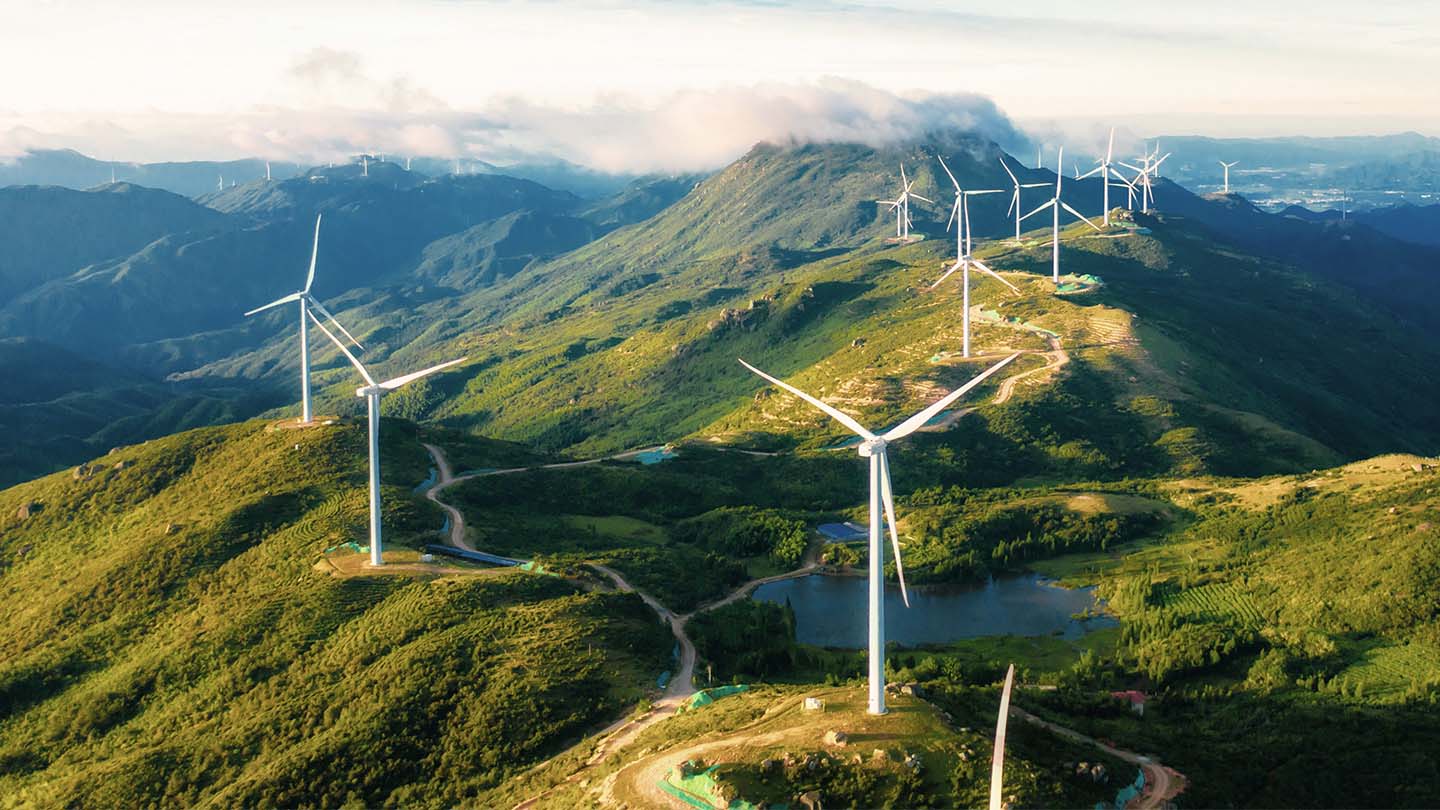
Renewable Energy Innovations

Renewable energy remains a pivotal focus in sustainable technology. Advancements in solar and wind technologies, coupled with better energy storage solutions, are making it easier to integrate clean energy into mainstream power grids. These grids are becoming smarter through artificial intelligence algorithms, optimizing energy distribution and reducing wastage[10]. Battery technologies such as solid-state batteries and advanced flow batteries are significantly enhancing storage capacity and efficiency, which supports the use of electric vehicles with longer ranges and faster charging[10].
AI and Automation

Artificial intelligence (AI) continues to play a substantial role in enhancing sustainability. AI is being leveraged to create more efficient and environmentally friendly supply chains. By planning optimal delivery routes, predicting product demand, and improving warehouse management, AI contributes to reduced fuel consumption and decreased emissions[2]. In manufacturing, AI systems aid in anomaly detection and prevention, reducing waste and downtime[1]. Automation, particularly in the form of hyperautomation, is also advancing, offering greater efficiencies in power consumption and waste reduction[1]. Smart grids and automated systems in buildings further optimize energy usage and enhance user comfort[6].
Green Computing and Circular Economy

Green computing, which emphasizes the eco-friendly use of computing resources, is gaining traction. Energy-efficient hardware, sustainable data center designs, and optimized software are central to this approach. Major cloud providers like Google Cloud, Microsoft Azure, and AWS are leading the way by committing to renewable energy and enhancing data center efficiency[2]. The concept of a circular economy is also increasingly being adopted, focusing on reducing waste, extending product life cycles, and promoting recycling. Modular and repairable devices, as well as leasing hardware, are becoming more common, contributing to sustainable consumption patterns[2][7].
Sustainable Transportation

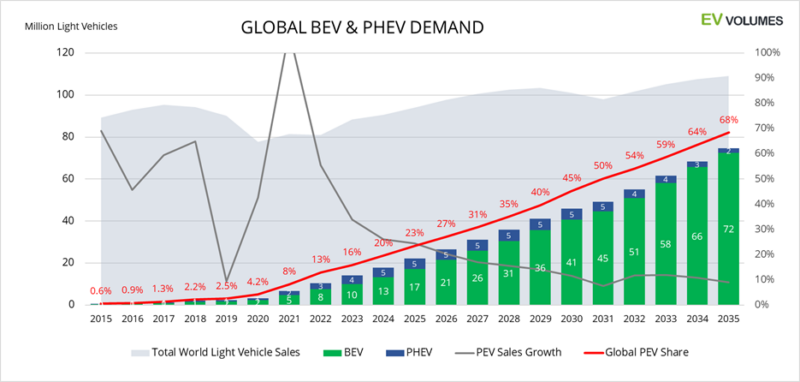
The transportation sector is witnessing significant shifts towards sustainability. Electric vehicles (EVs) are becoming more affordable and widespread, reducing greenhouse gas emissions and fossil fuel dependence. Innovations like hydrogen fuel cells and autonomous vehicles further enhance sustainable transportation. Autonomous vehicles have the potential to optimize traffic flow, reduce accidents, and minimize fuel consumption[9][10]. Flexible batteries are also emerging as key innovations, providing adaptable energy storage solutions for various applications[6][10].
Smart Cities and Urban Development
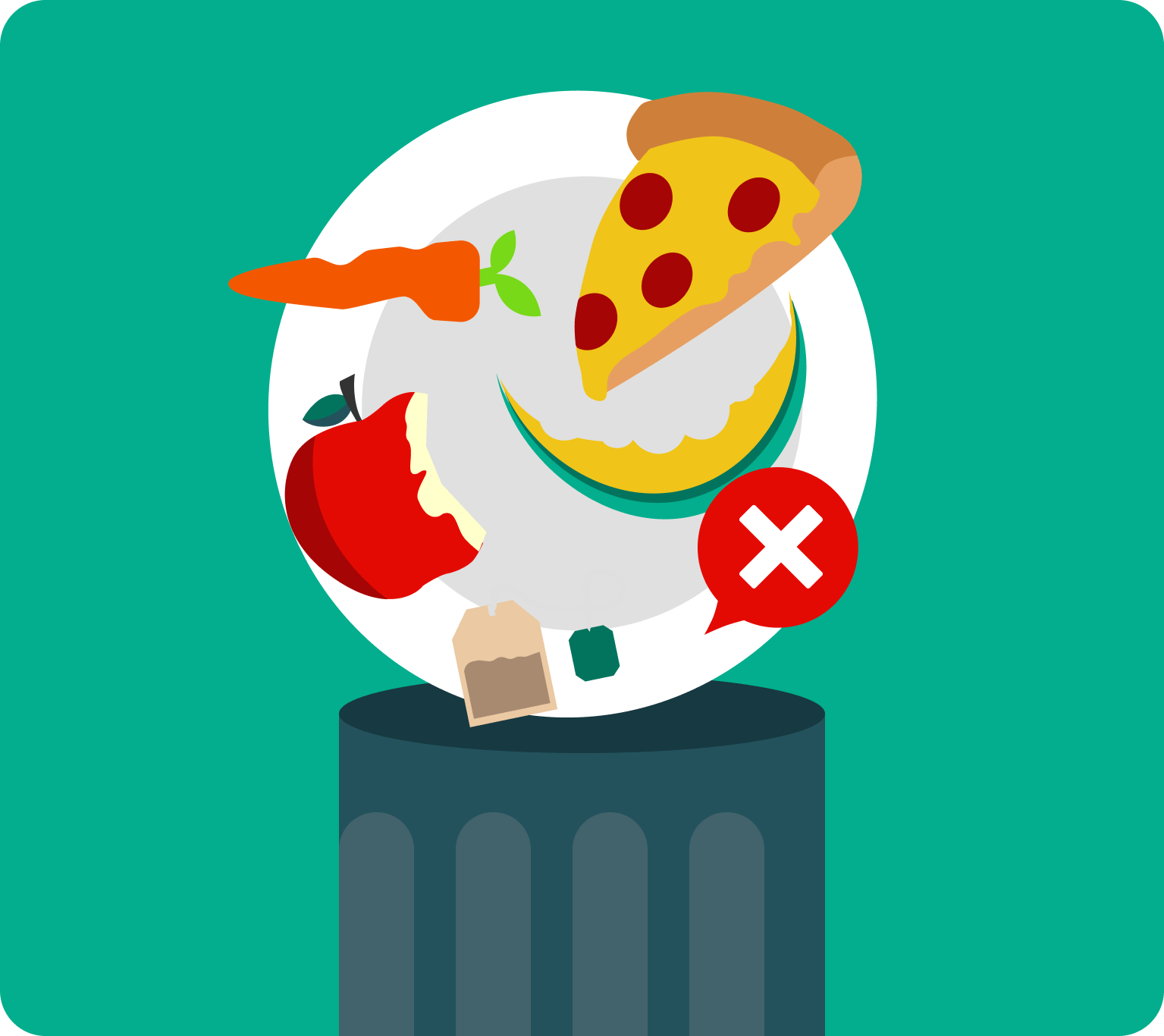
Smart city innovations are crucial for improving resource efficiency, reducing waste, and enhancing the quality of life for urban residents. Intelligent waste management systems, optimized public transportation networks, and eco-friendly urban infrastructure are some of the innovations driving this transformation. By utilizing IoT devices and data analytics, smart cities can monitor and manage various aspects of city life, from traffic and energy consumption to air quality[9]. Additionally, climate-resilient infrastructure is being developed to withstand extreme weather conditions, further contributing to urban sustainability[10].
Circular Economy and Recycling
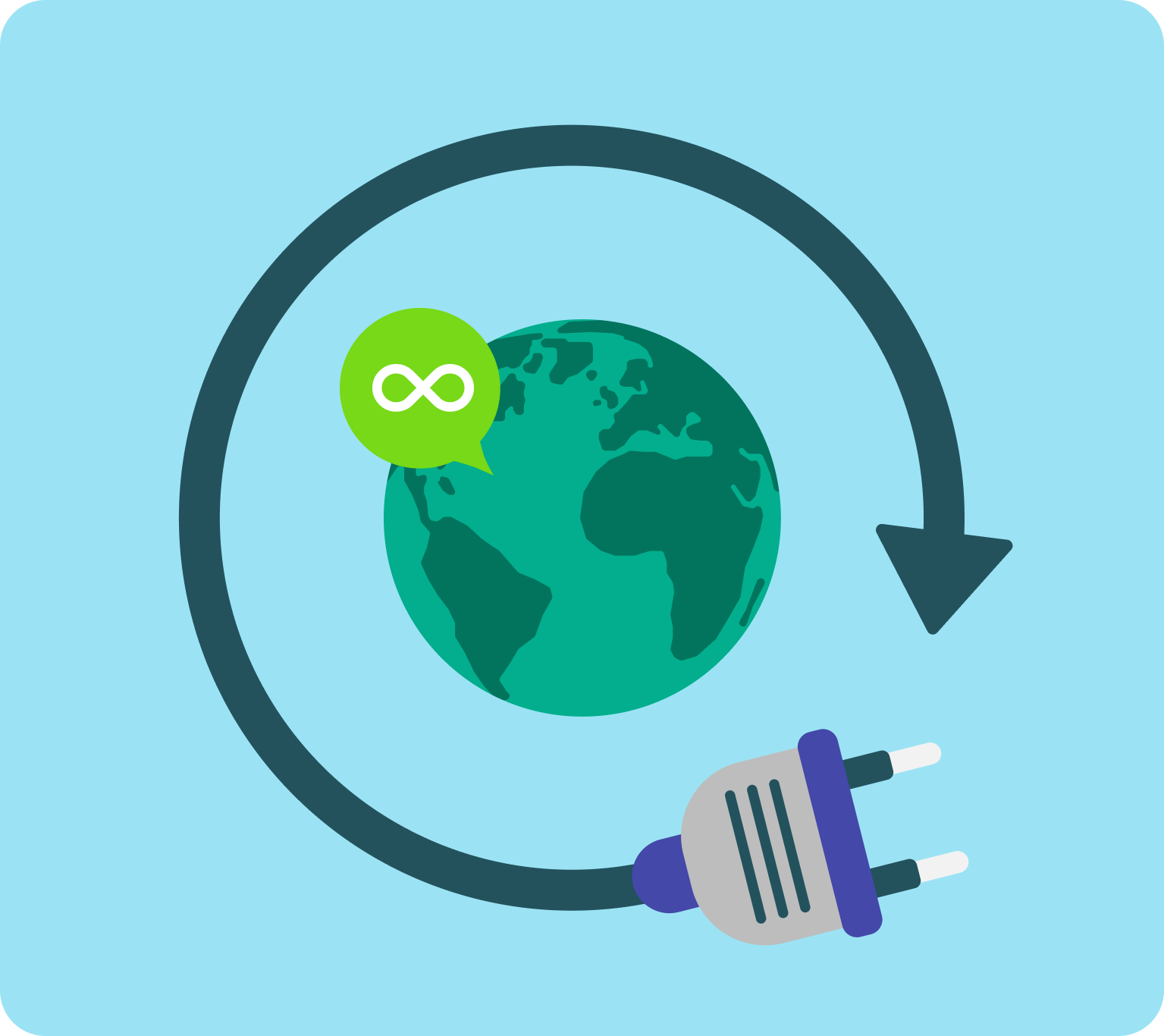
The transition to a circular economy is emphasized by the development of sustainable materials and recycling processes. Innovations in plastics recycling are transforming waste into valuable resources, while biodegradable plastics are becoming more prevalent. Upcycling—transforming waste materials into new, high-value items—is also contributing to resource sustainability. The manufacturing sector is adopting these principles to minimize waste and promote eco-friendly practices[9][7].
Carbon Capture and Climate Resilience
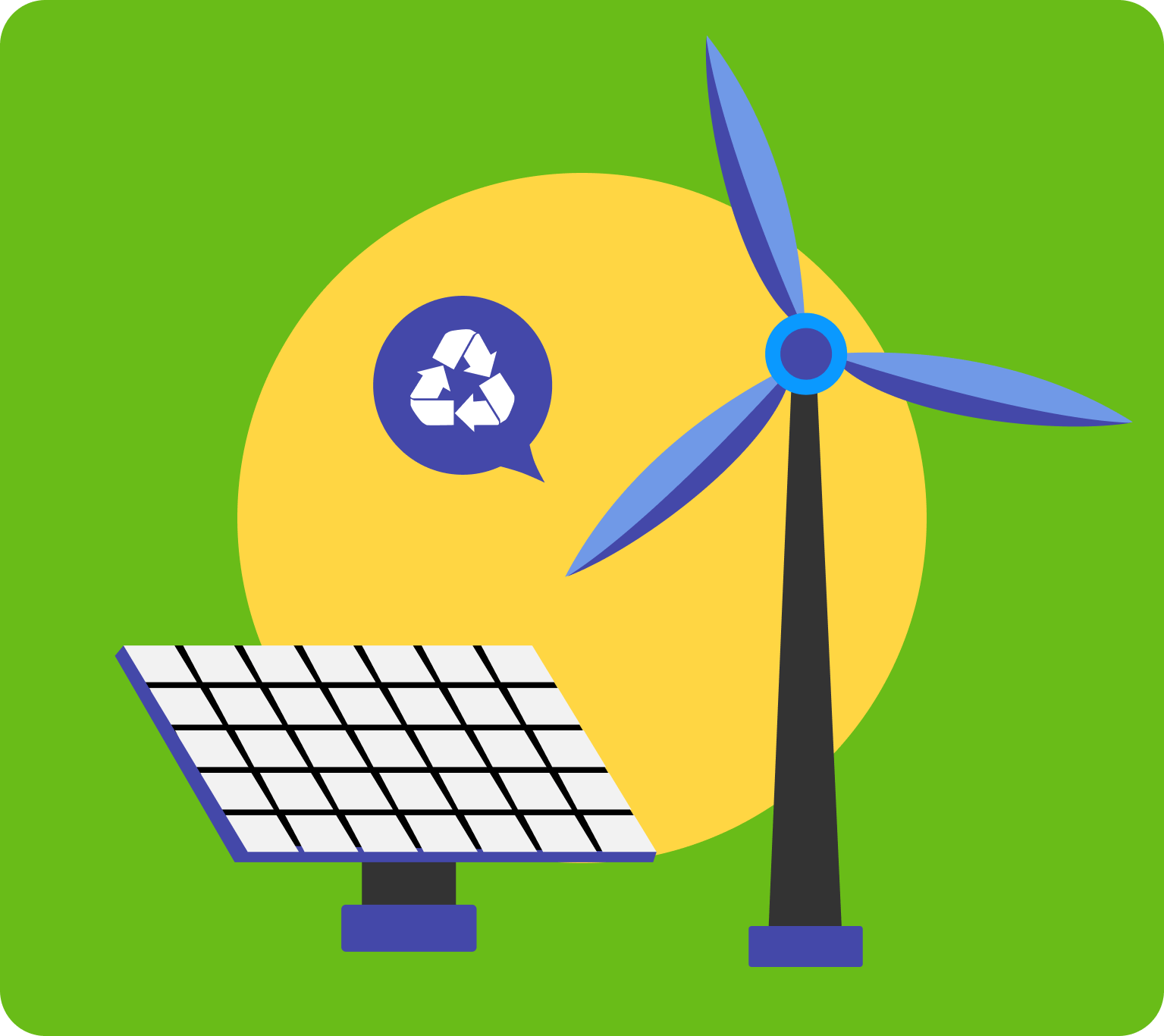
Carbon capture technologies are gaining momentum in efforts to combat climate change. Efficient and scalable carbon capture solutions, such as direct air capture systems, are being deployed to extract carbon dioxide directly from the atmosphere. These captured emissions can be stored underground or repurposed for industrial applications[10]. With the increasing frequency of climate-related events, the focus on building climate-resilient infrastructure is also growing. Advancements in materials science and engineering are facilitating the development of infrastructure that can withstand extreme weather conditions[10].
Policy and Regulation

Regulatory frameworks and policies play a significant role in promoting sustainable technology. Incentives such as tax credits for clean energy adoption and emissions reduction targets are crucial for shaping the direction of sustainable technology. International agreements like the Paris Agreement provide a global framework for addressing climate change and promoting sustainable practices. Additionally, new reporting laws, such as the EU Corporate Sustainability Reporting Directive, are pressuring companies to measure and increase their sustainability efforts, ensuring greater transparency and accountability[8][7].
Technological Advancements in Agriculture
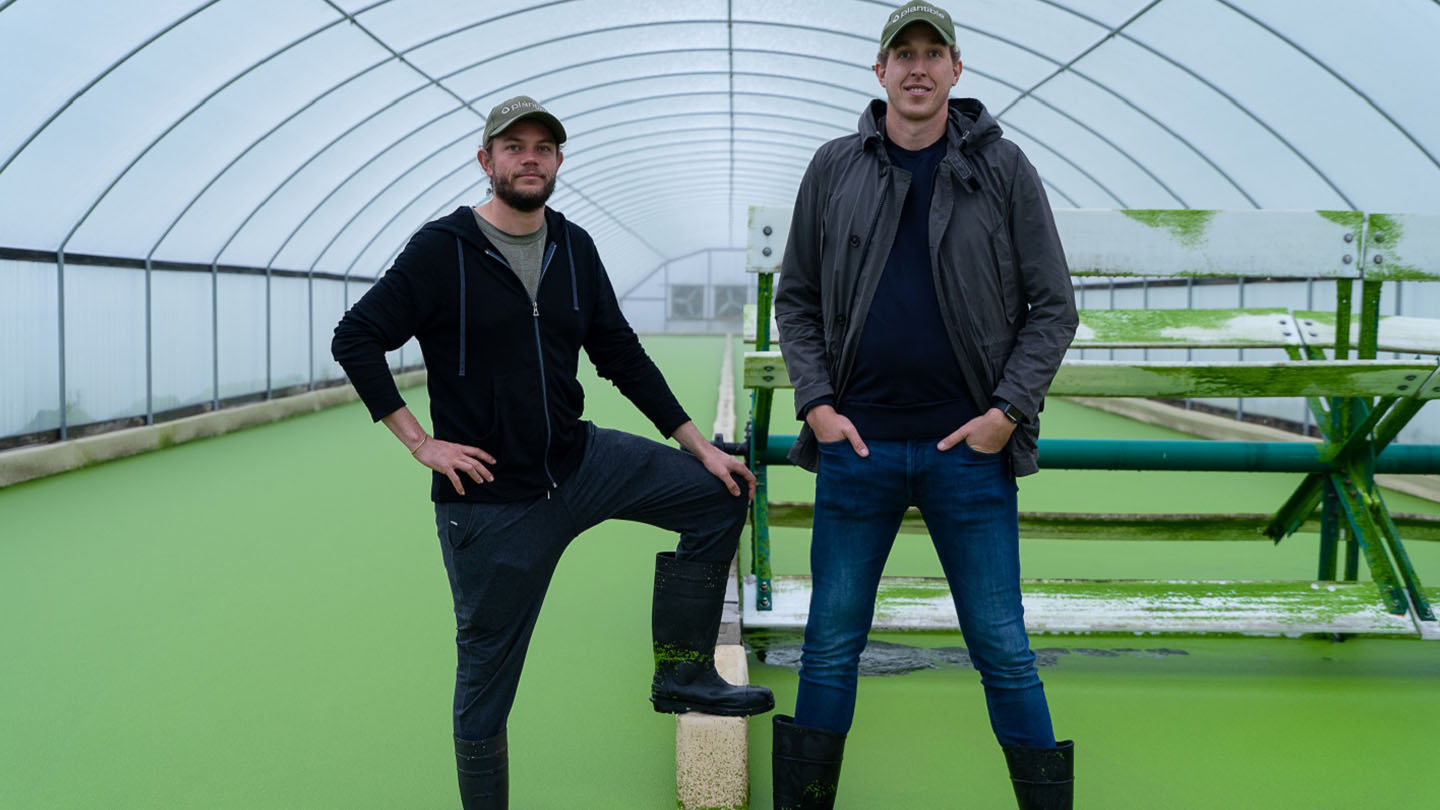
Sustainable technology is revolutionizing agriculture through innovations such as precision agriculture, vertical farming, and aquaponics. These methods optimize resource utilization, reduce waste, and promote environmentally friendly farming practices. AI and big data analytics help farmers make data-driven decisions, increasing crop yields and minimizing environmental impact. Plant-based proteins and cellular agriculture are also offering sustainable alternatives to traditional livestock farming, significantly reducing the carbon footprint associated with food production[9][10].
Biodiversity and Environmental Monitoring
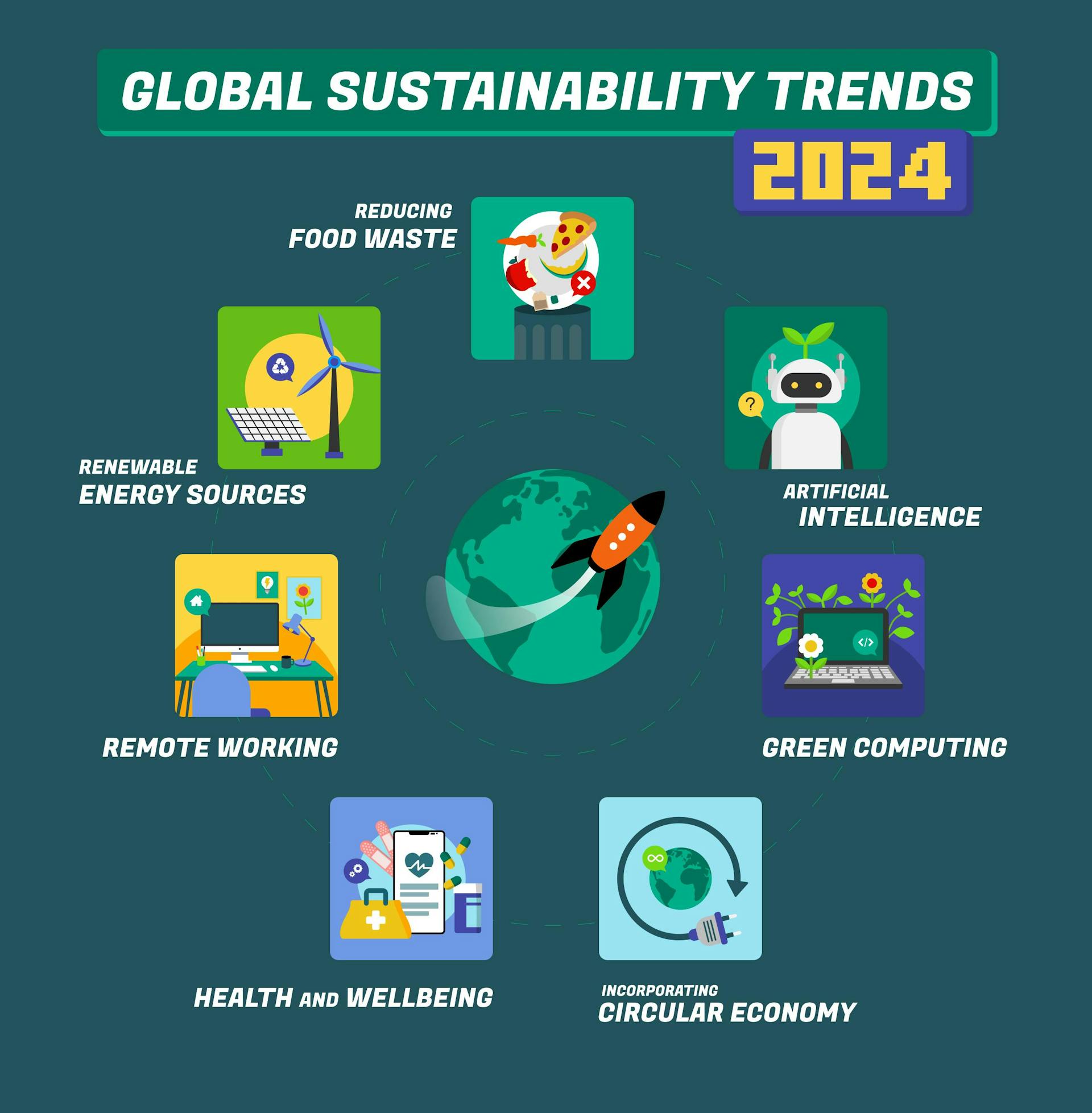
Sustainable technology is pivotal for environmental monitoring and conservation efforts. IoT devices and sensors are deployed in natural habitats to collect data on ecosystems and wildlife. This data helps scientists and conservationists make informed decisions to protect endangered species and their environments. Technologies such as remote sensors, satellite technology, and drones are being used to monitor deforestation and illegal logging in real-time, aiding in the fight against environmental degradation[9].
Health and Climate Change

The economic and financial costs of adverse health impacts from climate change are attracting greater attention. Climate change exacerbates risks related to infectious diseases, water and food quality, and the direct health impacts of extreme weather events. Efforts to build climate-resilient health systems and enhance research are underway to address these challenges[7].
Conclusion

The key developments in sustainable technology for 2024 highlight a comprehensive effort to address environmental challenges through innovation. From renewable energy advancements and AI-driven efficiencies to the adoption of a circular economy and the development of climate-resilient infrastructure, these trends reflect a collective commitment to a more sustainable and resilient future.
Let's look at alternatives:
- Modify the query.
- Start a new thread.
- Remove sources (if manually added).
- Request a manual search from our human research team.

Google's objectives for its services center on enhancing user experience and generating revenue while securing distribution for its offerings. The company aims to increase Internet activity, which subsequently boosts search traffic[1]. Additionally, Google aspires to satisfy diverse user needs and advertiser objectives to ensure user retention and long-term revenue[4][6].
Moreover, Google's partnerships, such as with Samsung, are designed to create successful revenue share agreements that promote its services[5]. Their strategy also includes focusing on monetizing transactions within the Play Store and investing in improving Android services to reach a wider audience[2]. Overall, Google’s commitments reflect a keen focus on user satisfaction and operational efficiency[3].
Let's look at alternatives:
- Modify the query.
- Start a new thread.
- Remove sources (if manually added).
- Request a manual search from our human research team.
Get more accurate answers with Super Search, upload files, personalised discovery feed, save searches and contribute to the PandiPedia.
Adaptations of Arctic Animals for Survival

Arctic animals have evolved a variety of adaptations that enable them to thrive in one of the most extreme environments on Earth. These adaptations can be broadly categorized into physiological, behavioral, and structural traits that help them survive the harsh cold, food scarcity, and the unique challenges of their habitat.
Physiological Adaptations
Insulation and Body Fat
Many Arctic animals possess thick layers of fur and body fat that provide insulation against the extreme cold. For example, polar bears have a dual-layered coat that comprises a thick outer layer of fat and dense fur, which prevents almost all heat loss and regulates their body temperature, even in frigid conditions that can drop to -46°C (-50°F)[8]. Similarly, musk oxen are equipped with a dense coat made up of qiviut, an ultra-warm undercoat, which is highly valued for its insulating properties[12].
Antifreeze Proteins and Supercooling

Some species, such as the Antarctic icefish, have developed unique adaptations like antifreeze proteins in their blood that prevent ice crystals from forming, allowing them to survive in freezing waters. Additionally, Arctic ground squirrels can enter a state known as supercooling, where their body temperatures drop below freezing for extended periods during hibernation without sustaining tissue damage[7].
Behavioral Adaptations
Hibernation

Hibernation is another crucial adaptation that allows certain Arctic species, like ground squirrels and polar bears, to conserve energy during the cold months. Ground squirrels can hibernate for up to eight months, reducing their metabolic rate significantly during this period[2]. Pregnant polar bears hibernate in dens to give birth while conserving energy and protecting their cubs during their vulnerable early months[6].
Group Behavior

Behavioral adaptations also play a role in survival. Arctic hares, for instance, huddle together in large groups during the cold to share warmth and protect one another from predators[4]. Similarly, many birds and marine mammals, including whales, migrate to take advantage of seasonal food sources and warmer conditions, demonstrating their ability to adapt to changing environmental demands[6].
Structural Adaptations
Coloration and Camouflage
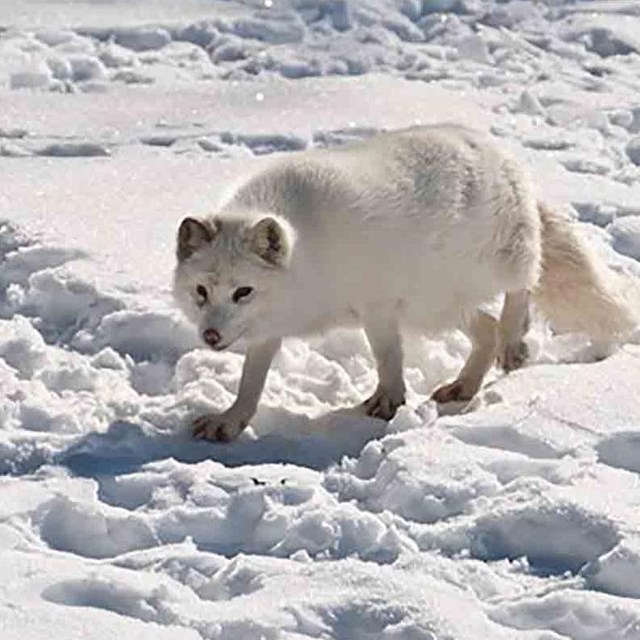
The coloration of Arctic animals provides effective camouflage against the snowy landscape. For instance, the Arctic fox has fur that changes color with the seasons, turning white in the winter to blend with the snow and brown in summer to match the tundra[9]. This adaptation helps them hunt effectively and avoid predators.
Specialized Features

Animals like the walrus possess specialized features such as large tusks that assist in foraging and hauling themselves onto ice, while their sensitive whiskers help them locate invertebrates beneath the sea ice[1]. Polar bears have large, furry feet that aid in walking on ice and swimming, with their paw structure optimized for movement in their cold habitat[8]. In addition, adaptations like smaller ears and tails are prevalent among many species, including the Arctic fox, reducing heat loss and preventing frostbite[5].
Body Shape

According to Allen’s Rule, animals in colder climates tend to have stockier bodies with shorter extremities to reduce heat loss[10]. Arctic animals often exhibit this principle, leading to overall forms that enable them to conserve body heat more effectively.
Challenges Faced
Despite these remarkable adaptations, Arctic animals face significant threats, especially from climate change. Global warming is drastically altering the ice and snow conditions that these animals depend on, posing a serious risk to their survival[3]. As the ice melts and temperatures rise, the delicate balance of their ecosystem is disrupted, highlighting the vulnerability of these well-adapted creatures in the face of rapid environmental change.
Conclusion
Arctic animals have developed an incredible array of adaptations that allow them to endure and thrive in one of the harshest climates on the planet. From physiological traits such as insulation and antifreeze proteins to behavioral strategies like hibernation and group living, these adaptations are crucial for their survival amid the challenges posed by their environment and ongoing climate change. As we continue to study and understand these unique adaptations, it becomes increasingly vital to protect the habitats that sustain these extraordinary creatures.
Let's look at alternatives:
- Modify the query.
- Start a new thread.
- Remove sources (if manually added).
- Request a manual search from our human research team.
In recent years, natural language processing (NLP) has seen significant advancements thanks to models like BERT (Bidirectional Encoder Representations from Transformers). BERT introduces a unique way of processing words that allows for a deeper understanding of context, which is critical for various language-related tasks.
Introduction to BERT
The Core Concept of BERT
BERT utilizes a bidirectional approach, meaning that it considers the context from both the left and the right of a word simultaneously. This is a significant shift from traditional methods that analyzed text in a linear fashion, moving left-to-right or right-to-left. The model's ability to create deep contextual representations of words has been shown to improve performance on a variety of tasks, such as question answering and language inference[1].
Pre-training Tasks
BERT is pre-trained using two tasks: Masked Language Model (MLM) and Next Sentence Prediction (NSP). The MLM involves randomly masking some percentage of the input tokens and predicting them based on their context. This enables the model to learn bidirectional representations efficiently. The NSP task helps BERT understand relationships between sentence pairs, thereby enhancing its ability to comprehend the flow of text[1].
Masked Language Model (MLM)
In MLM, a percentage of the words in a sentence are masked, and the model learns to predict these masked words, allowing it to grasp grammatical structure and contextual meaning. For instance, if the sentence 'The cat sat on the [MASK]' is provided, BERT aims to predict the masked word based on the surrounding words[1].
Next Sentence Prediction (NSP)
The NSP task involves predicting whether a given sentence logically follows another. For example, if the input is 'The man went to the store. He bought milk.', BERT assesses whether this is a coherent pair. This task is crucial for applications requiring an understanding of how sentences relate to each other[1].
Applications of BERT

BERT has transformed the field of NLP, demonstrating improved performance on benchmarks such as the General Language Understanding Evaluation (GLUE) and various specific tasks like question answering (SQuAD) and sentiment analysis. For example, BERT significantly outperformed previous models on SQuAD, achieving test scores that set new standards[1].
Sentence Pair Classification
Tasks such as MNLI (Multi-Genre Natural Language Inference), QNP (Question Natural Language Processing), and others utilize BERT's ability to process pairs of sentences. By integrating information from both sentences, BERT can make more informed predictions about their relationships[1].
Single Sentence Classification and tagging
BERT also excels in tasks that involve a single sentence. For instance, it can effectively classify the sentiment of a review or identify named entities within a text. This flexibility is one of the reasons BERT has become a foundational model in NLP[1].
Fine-Tuning BERT for Specific Tasks

After pre-training, BERT can be fine-tuned on specific tasks. This process is straightforward and involves initializing with the pre-trained parameters, then training with labeled data for the target task. During fine-tuning, BERT's self-attention mechanism helps it to adapt its representations for the nuances of the given task while retaining its learned contextual knowledge[1].
Advantages of Fine-Tuning
Fine-tuning has proven to be effective across diverse applications, maintaining high accuracy levels while requiring comparatively less labeled data than usual. The ability to fine-tune BERT for various tasks allows practitioners to utilize its powerful representations without needing extensive computational resources[1].
Impact and Future Directions

The introduction of BERT has sparked a new wave of research and development in NLP. Its ability to handle tasks requiring a nuanced understanding of language has led to its adoption in numerous projects and applications beyond academia, including industry solutions for chatbots, search engines, and more.
As language models continue to evolve, the foundational ideas introduced by BERT will likely influence the design of future architectures. The ongoing research into improving these models will focus on enhancing their efficiency and capability to handle more complex linguistic tasks[1].
Conclusion
The emergence of BERT signifies a pivotal moment in the field of NLP. By leveraging bidirectional context and sophisticated pre-training techniques, it has set new benchmarks for language understanding tasks. As researchers build upon its architecture, we can expect further advancements that will expand what is possible in the realm of artificial intelligence and machine learning.
Let's look at alternatives:
- Modify the query.
- Start a new thread.
- Remove sources (if manually added).
- Request a manual search from our human research team.

Folklore plays a vital role in shaping cultural identity by preserving and transmitting a community's beliefs, values, and traditions. It includes oral traditions, customs, and material expressions that are passed down through generations, serving as a form of informal education that imparts moral lessons and societal norms[2][3][5].
Additionally, folklore fosters social cohesion by creating shared experiences and communal bonds during festivals, rituals, and storytelling events[1][6]. It reflects a community's collective memory and identity, offering insight into their historical experiences and contemporary challenges[4][6]. In this way, folklore remains dynamic and relevant, adapting to modern contexts while maintaining cultural significance[1][5].
Let's look at alternatives:
- Modify the query.
- Start a new thread.
- Remove sources (if manually added).
- Request a manual search from our human research team.
In Next.js, the main difference between the `` tag and the `Link` component is how they handle navigation between routes.
The `` tag is a standard HTML tag that performs a full page reload[1] when clicked, resulting in slower navigation and a loss of React and browser state[1], such as scroll position or focused element[1].
On the other hand, the `Link` component is a built-in component in Next.js[1] that extends the `` tag to provide prefetching and client-side navigation between routes[1]. It is the primary way to navigate between routes in Next.js[1]. When a `Link` component is clicked, it uses client-side rendering to only render the route segments that have changed, preserving React and browser state[1] without reloading the entire page.
To use the `Link` component, you can import it from `next/link` and pass a `href` prop to specify the destination route. For dynamic segments, you can use template literals and interpolation to generate a list of links[1].
Additionally, the `Link` component offers other optional props for customization, and you can also use the `useRouter` hook from `next/router` to programmatically change routes[1].
Overall, the `Link` component in Next.js[1] provides a more efficient and seamless navigation experience compared to a standard `` tag.
Please note that the above information is based on general knowledge of Next.js[1] and may not cover every detail. For more specific and up-to-date information, it is recommended to refer to the official Next.js[1] documentation.
Let's look at alternatives:
- Modify the query.
- Start a new thread.
- Remove sources (if manually added).
- Request a manual search from our human research team.



